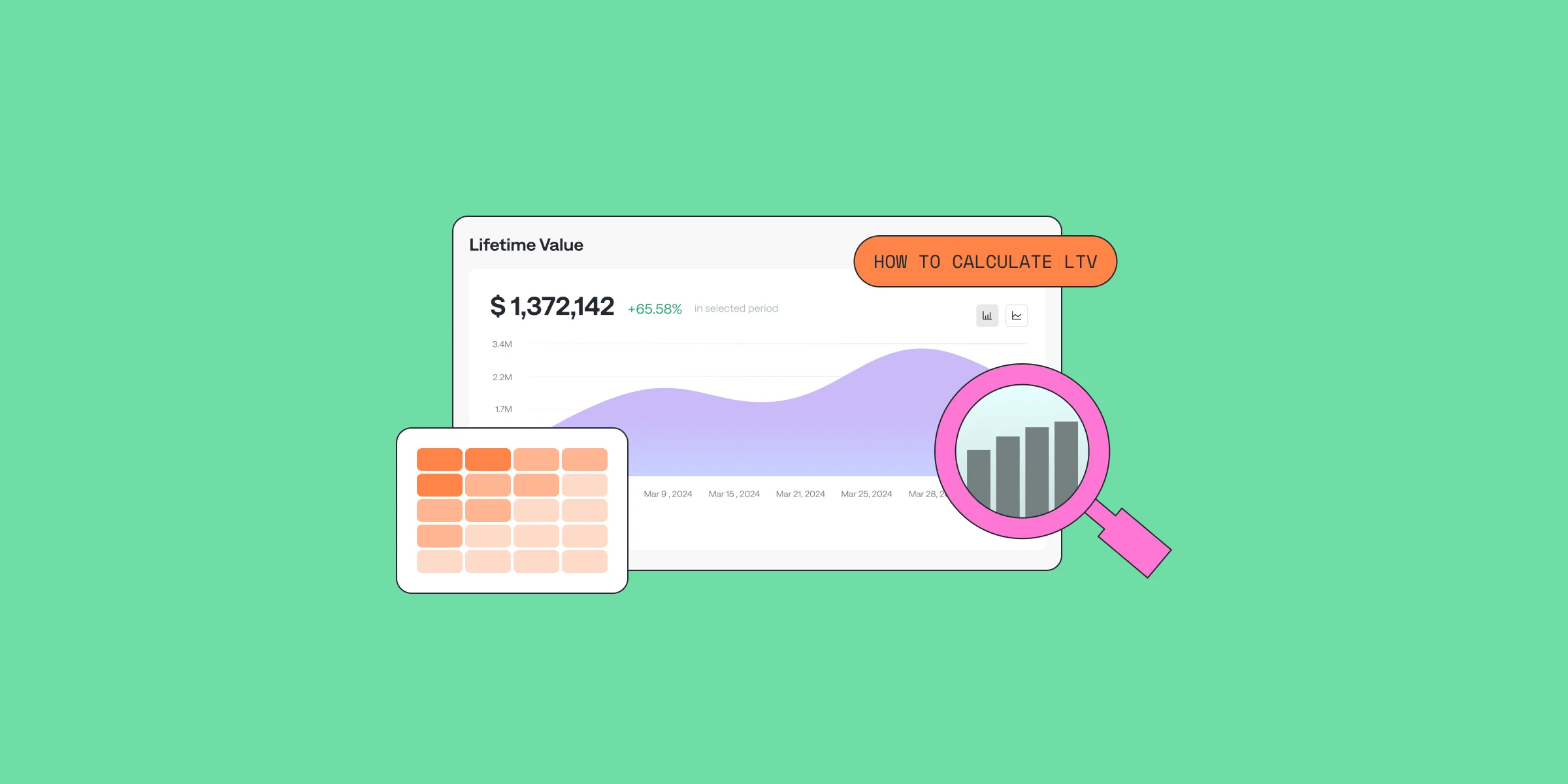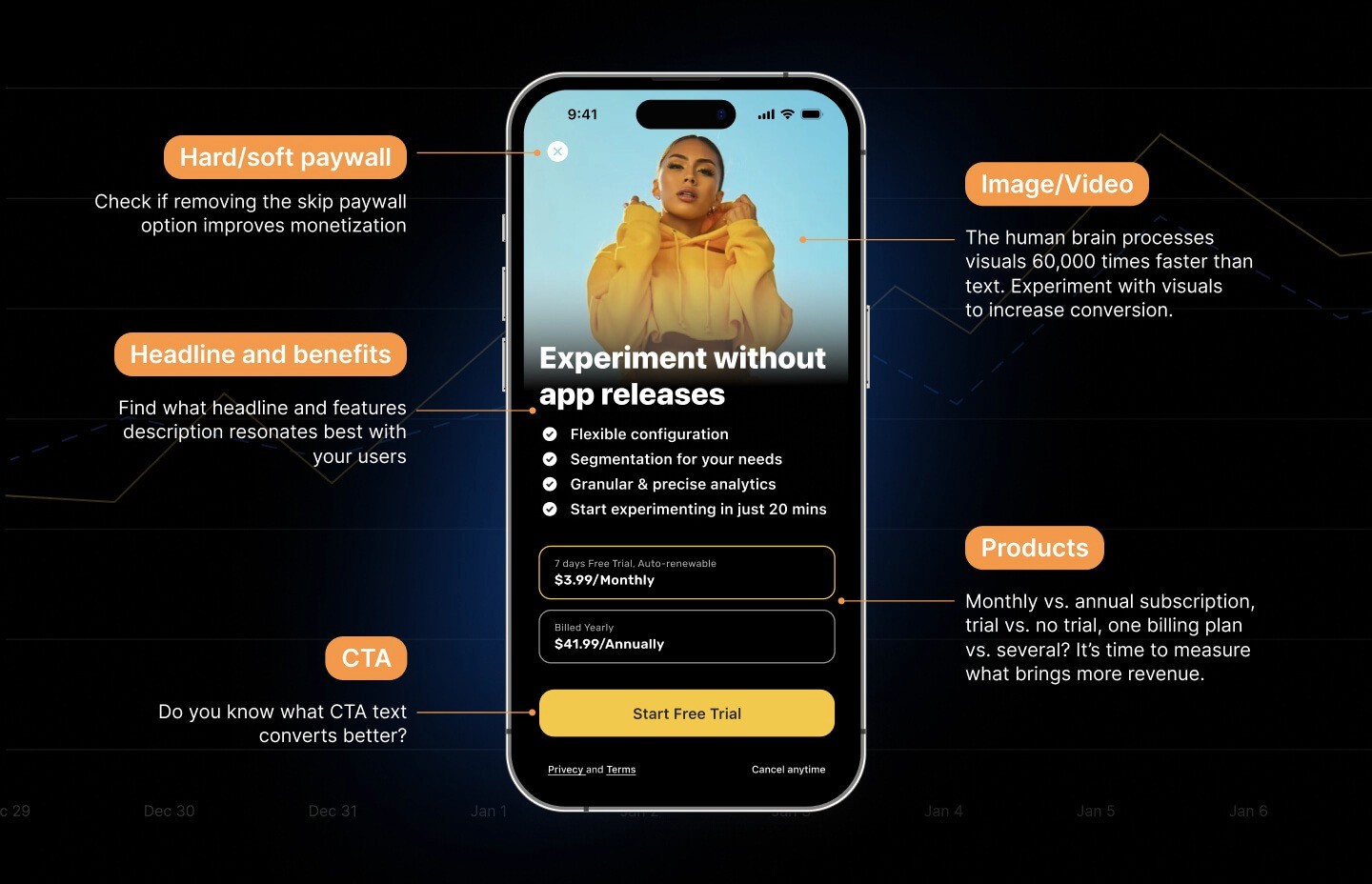Mobile LTV – How to Calculate Mobile Subscription LTV
Mobile LTV – How to Calculate Mobile Subscription LTV

Michael

Michael
Dec 15, 2020
Dec 15, 2020
Mobile App Subscription LTV The lifetime value of your app subscriber, or LTV, is how much revenue he provides while using your app. It’s essential to know your average client LTV to run effective marketing campaigns.
Mobile App Subscription LTV The lifetime value of your app subscriber, or LTV, is how much revenue he provides while using your app. It’s essential to know your average client LTV to run effective marketing campaigns.














